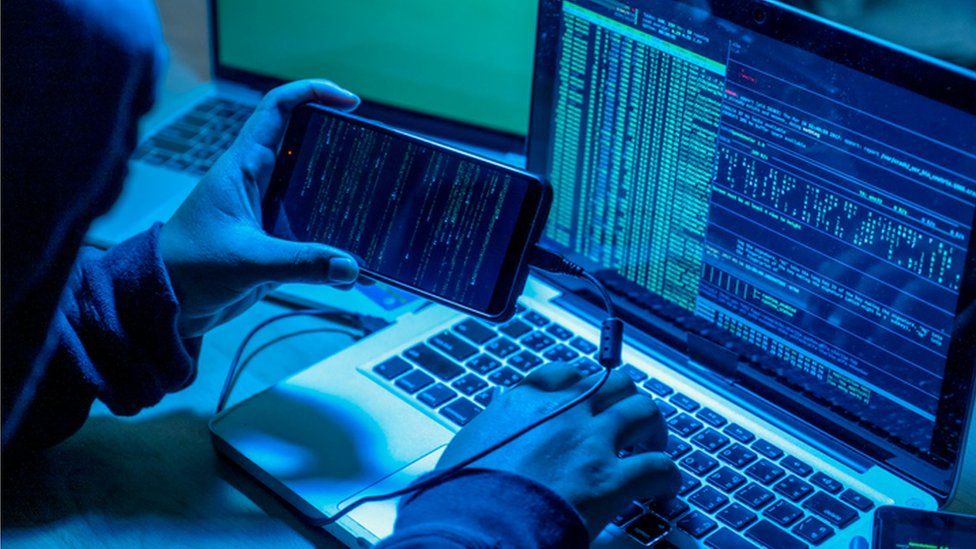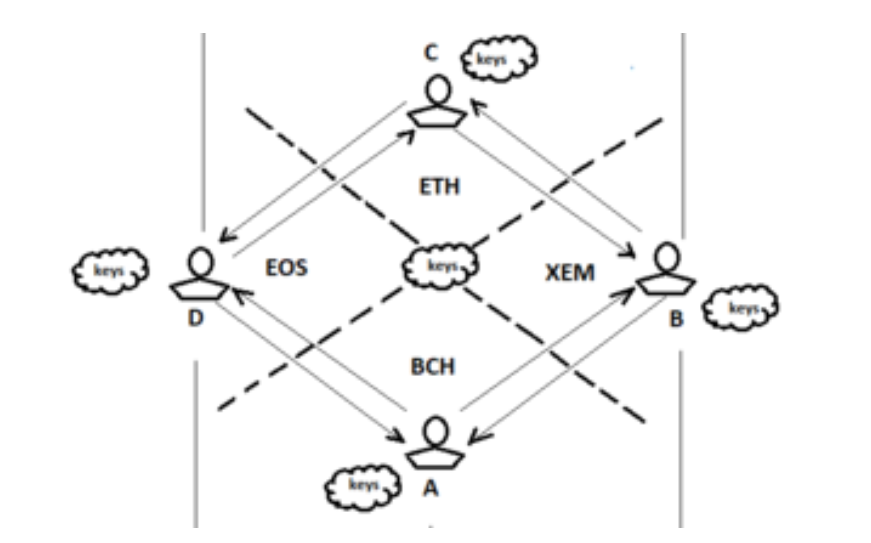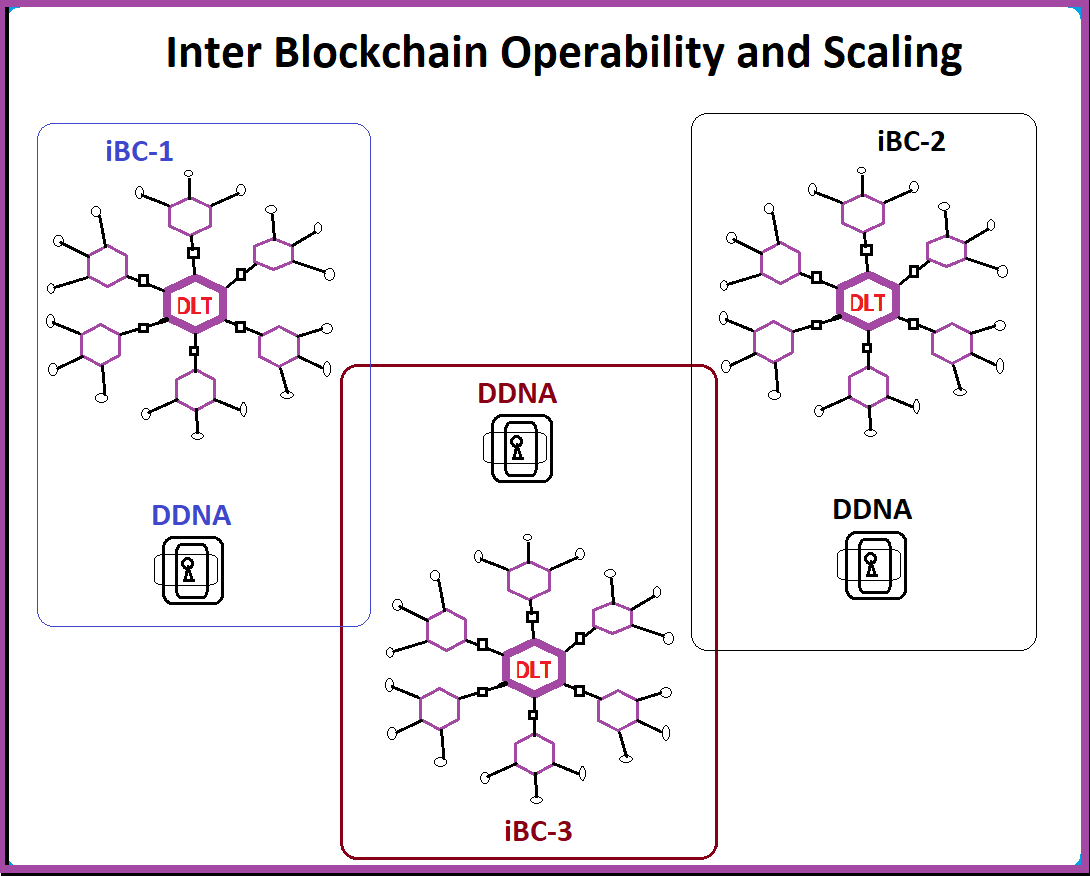Difficulties of the cybersecurity industry are pretty much as unique as the actual field. The online protection scene is steadily changing as new advancements arise and change organizations’ actions to secure their networks. Regardless of whether it’s the Internet of Things (IoT) growing rapidly in size and scale or the innovation and introduction of 5G, organizations across all ventures should urge their IT offices to upgrade their cybersecurity infrastructure and give applicable training on cybersecurity to all exceptionally significant leaders in their organization.
Organizations should secure their resources and guarantee that their staff is consistently prepared to react to cyberattacks if they must need to push ahead safely and forestall misfortunes on account by cyber-criminals or vindictive threat actors. Generally speaking, over the long haul, cybersecurity dangers become more mindboggling as malevolent actors become more astute. So right now is an ideal opportunity to execute preventive measures and guarantee security against cybercrime.
The following are five difficulties that will affect the network protection industry in the last 50% of 2021.
1. Adjusting to a Remote Workforce
It’s an obvious fact that there’s been a critical expansion in the number of individuals working remotely. As the pandemic keeps on affecting communities,
Individuals and organizations across the globe, many organizations are choosing to embrace hybrid work models in the event that they resume their workplaces or are
settling with a far off labour force.
In view of a conveyed workplace, the cybersecurity chances for remote employees expands rapidly in number and scale. employees working remotely who utilize their home organizations have a lot more prominent shot at becoming casualties of security breaches.
Traditional office settings guarantee that in-person employees are secure, yet it’s difficult to guarantee this same security for distant workers. Our remote working
agenda is a decent spot for organizations to begin with regards to protecting remote workers and the actual business in a remote environment.
2. Emerging 5G Applications
With the introduction of 5G in this past year, many organizations, small or large were looking to benefit from its benefits, whether it’s cell phone companies offering it to their customers or manufacturers looking to improve operational efficiency.
5G will enormously improve and increase the speed and responsiveness of wireless communications, and the prospects tend towards the positive direction for this new innovation.
However, new technologies come with new risks to address, and cybersecurity professionals need to look for potential threats against these evolved networks.
3. Blockchain and Cryptocurrency Attacks
Blockchain and cryptocurrency domain is growing rapidly and attracting more interest than ever. As crypto transactions are digital, it’s only usual and natural that cybersecurity measures need to be taken to protect against instances of identity theft, security breaches, and other potential threats looming.
The last thing an investor, a crypto exchange or a company dealing with blockchain or cryptocurrency wants is for any information to become compromised. Companies must, therefore, look at seriously investing in their IT infrastructure and protecting themselves in the event of a cybersecurity attack.
4. Internet of Things (IoT) Attacks
For those unaware of the Internet of Things (IoT), it’s essentially the interconnection via the internet of computing devices embedded in everyday objects, enabling them to send and receive data. As more data is transmitted between devices, gaps may exist, which leaves room for hackers or other cybercriminals to exploit information.
While connected devices are known for their convenience and intelligence, it’s clear that it opens up more opportunities for cybercriminals to take advantage of networks. Companies need to stay ahead of the curve by implementing a stable cybersecurity infrastructure and dedicated IT department as the world becomes increasingly interconnected.
Thankfully, there’s legislation in a place called the Internet of Things Cybersecurity Act of 2020. The act creates security standards for IoT devices and encompasses other IT issues, putting in place at least some degree of protection for IoT devices and their use. While one act may not be enough, it’s certainly a step in the right direction.
5. Phishing Scams
Phishing is a type of social engineering attack often used to steal user data, including login credentials and credit card numbers. It occurs when an attacker, masquerading as a trusted entity, dupes a victim into opening an email, instant message, or text message.
Though more people are becoming digitally literate, phishing is still a threat for cybersecurity professionals globally. For example, the COVID-19 vaccine has sparked an uptick in potential phishing attacks, making it a challenge to look out for in the latter half of 2021.
There have been reports of fake vaccination emails going around, and unfortunately, online users are still falling victim to phishing scams. Companies can protect their employees by implementing access control guidelines, even when they’re working from home. Cybersecurity training and awareness also emerges as a critical component when it comes to protecting the business from phishing scams.


